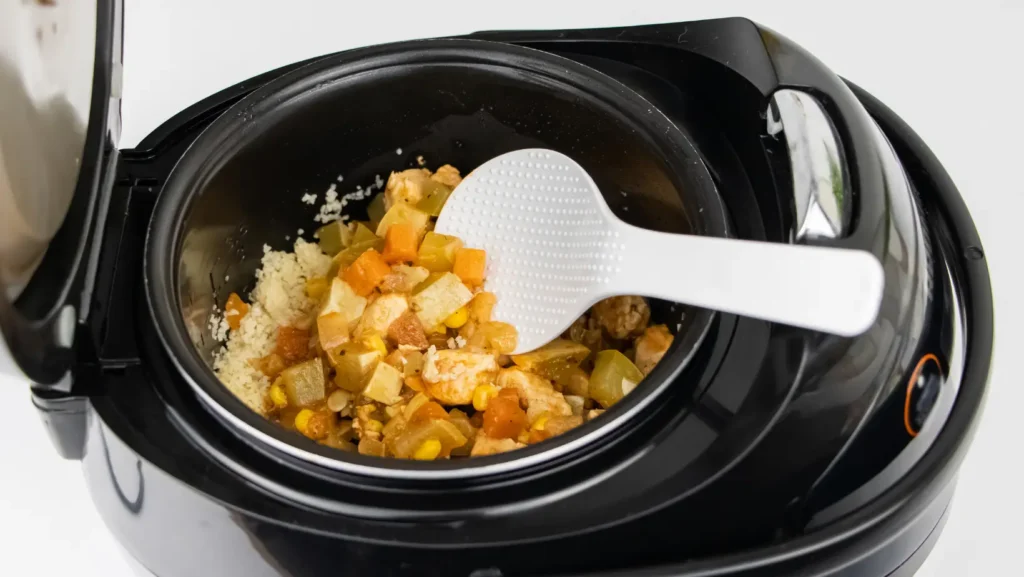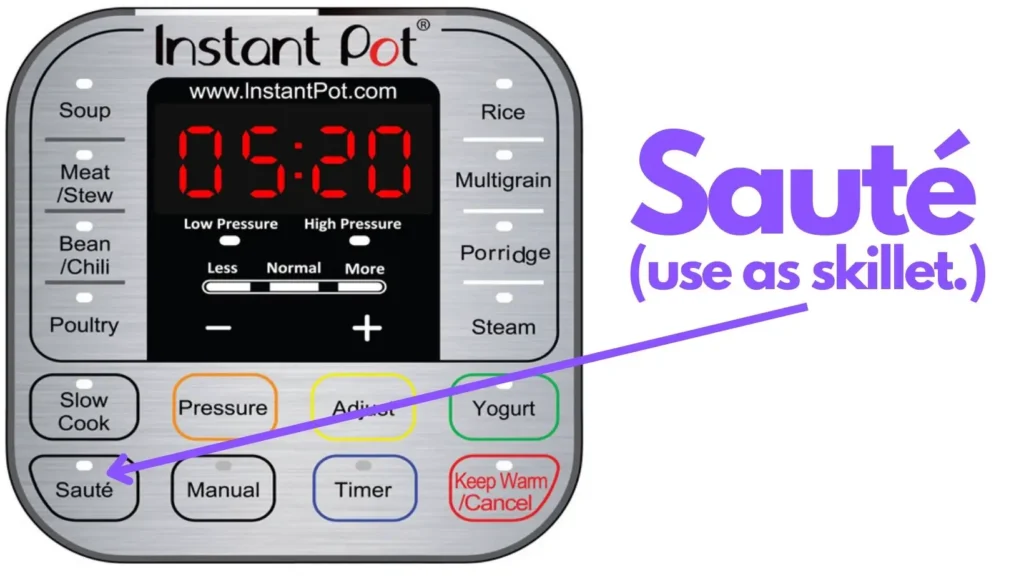Are you looking to add a new set of nonstick cookware to your kitchen? Please read this before you go shopping.
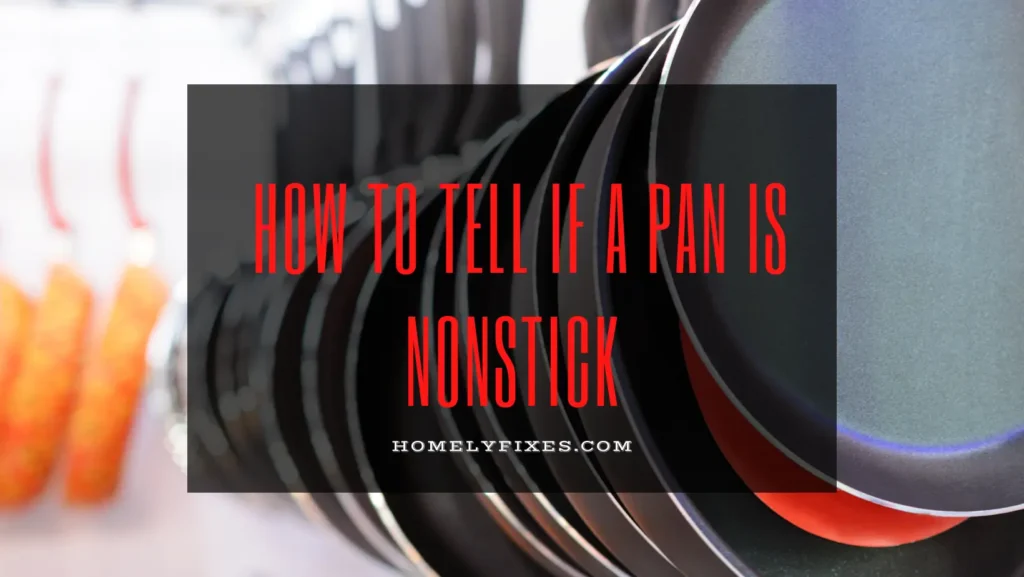
A lot of pans have a nonstick appearance, but in reality, they are not. Unfortunately, manufacturers and sellers will not reveal this to you. In fact, they often advertise qualities that their cookware products do not have just to make you buy them. Well, I’m here to expose their secrets.
After reading this post, you will be able to identify a nonstick pan with precision. What’s more, I also discuss the different materials of nonstick pans, why you should have a nonstick pan in your kitchen, and how to care for your nonstick pan to make it last longer.
Let’s get right to it!
Nonstick or Cast-iron Pan, What is the Difference?
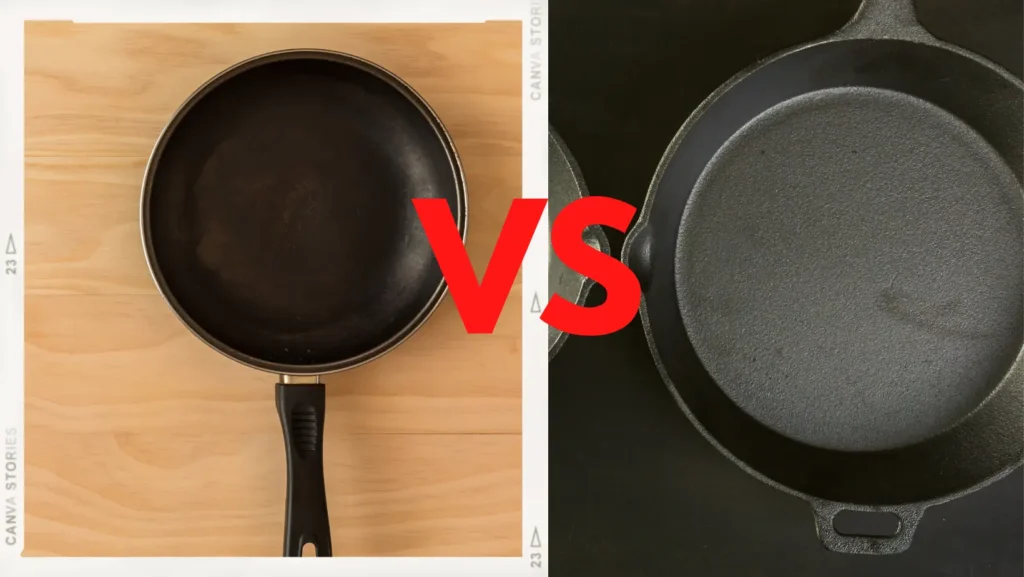
It makes sense to start my description of a nonstick pan by differentiating it from a cast iron pan.
Cast iron is often thought of as the original nonstick pan. This is because a well-seasoned cast iron skillet creates a nonstick coating that prevents food from clinging to the pan’s surface. And for a long time, cast iron was the only nonstick cookware in existence.
However, in recent years, commercially made nonstick pans have been introduced to the cooking world. And these nonstick pans do not need to be seasoned to have a shiny surface. Instead, they are made with a chemical-based coating to create a nonstick surface. In fact, commercially made nonstick pans are now in high demand among chefs as they are used for preparing oil-free food.
While both cast-iron and nonstick pans can be used to cook the same meal, they have their significant differences. And except you are a cooking expert, it can be difficult to differentiate between them. Trust me when I say; looks can be deceiving.
But just so you know, if you own a cast iron pan, you do not have a nonstick pan just yet!
How Do You Tell If a Pan is Nonstick?
When you ask for a nonstick pan in a cookware store, the following are features that confirm that you have been given a nonstick pot;
1. Nonstick Tag
The first way to tell if a pan is nonstick is to look for the tag. A nonstick pan will usually have the word “nonstick” etched on it, either on the side or the bottom.
However, you may not find the tag, and even if you do, I do not recommend that you always trust the tag because there are many low-quality cookware products on the market with fancy labels. Options 2 through 5 are available to help you confirm your nonstick pan.
2. Material
Nonstick pans are usually made of aluminum. Although some manufacturers use copper and steel for their nonstick cookware.
However, it is the coating that distinguishes a nonstick pan from other types of pans, not the material. A nonstick pan is coated with a special material, which can be Teflon or ceramic, to create a slippery surface that prevents food from sticking to it.
To find out if a pan is nonstick, ask the seller or manufacturer if it has a nonstick coating.
3. Appearance
Even if you can’t tell what material a pan is made of, its appearance can help you recognize if it’s nonstick. A nonstick pan typically has a dark gray coating on the inside and a polished metal exterior.
4. Surface
Also, when you buy a nonstick pan, the surface should be smooth, shiny, and scratch-less. So, touch the pan’s surface; does it feel smooth and even? It’s nonstick. An ordinary pan would be dry, dull, and coarse.
5. Weight
Aluminum nonstick pans are usually lighter in weight than cast iron pans. So, by lifting the pan, you can easily tell if it is nonstick or cast iron.
Why Should You Get a Nonstick Pan?
Now that you know how to spot a nonstick pan, you’re probably wondering why you should buy a nonstick pan in the first place, rather than any other type of pan.
Here are a few reasons to have a nonstick pan in your kitchen;
Cook a variety of foods: A nonstick pan is an essential piece of cookware in both a commercial and a home kitchen. It can be used to prepare a variety of foods including eggs, pancakes, crepes, and omelets.
Easy use and cleanup: Nonstick pans are simple to use for both beginners and professionals. The nonstick coating acts as a barrier between the food and the pan, ensuring that food sticks to the pan less. And this makes cleanup easy after cooking.
Cook with less oil: The main advantage of using a nonstick pan is that you can cook with less oil and butter. This helps to reduce the quantity of fat in your diet.
Variety of cooking surfaces: Another advantage of a nonstick pan is that it can be used on several cooking surfaces, including gas, electric, and induction cooktops. It is also ovenproof and features an oven-friendly coated handle. However, ensure to cook within the manufacturer’s recommended temperature range.
Heat distribution: Compared to traditional cookware, nonstick pans cook food faster, spread heat more evenly, and burn food less.
Is It Safe to Cook in a Nonstick Pan?
A major concern of many users is the safety of nonstick cookware. Nonstick pans are traditionally known to be coated with Teflon, a material that creates a unique layer to prevent food from sticking in the pans during the cooking process.
However, Teflon has been found to contain toxic chemicals such as polytetrafluoroethylene (PTFE) and perfluorooctanoic acid (PFOA), which are considered risk factors for health conditions like chronic kidney disease, thyroid disorders, cancer, and liver diseases.
But according to research, PTFE coating is by itself safe unless exposed to high heat over 500°F, when the toxic PFOA substance is released. This is also confirmed by Robert L. Wolke, Ph.D., an emeritus professor of chemistry at the University of Pittsburgh, who asserts that “nonstick cookware is almost always safe—apart from when it’s heated to high temperatures.”
However, the use of toxic Teflon coating has been long sanctioned and banned from the cookware world, and many nonstick pans no longer contain PTFE and PFOA. Instead, the new material for coating nonstick cookware is ceramic which is widely considered to be safe and environmentally friendly.
Qualities To Look Out For When Purchasing a Nonstick Cookware
As I said, there are so many low-quality cookware products out there with sleek appearances but inferior durability. So, if you want a nonstick pan that will serve you for a longer time, the following qualities are what you should look out for;
Safety: The most important feature of every cookware is safety. Ensure that the nonstick pan you buy is labeled PTFE and PFOA-free. You can always verify with the manufacturing company to know the material is used to coat their nonstick cookware.
Construction: When you’re buying a nonstick pan, look for one that is made from heavy-gauge aluminum. This material is strong, provides better heat distribution, and has superior cooking performance.
Durability: The nonstick pan you buy should be smooth, scratch-less, and oven safe. It must also come with a warranty.
How to Use and Care for Your Nonstick Pan
There are a few precautions to follow when you use a nonstick pan to ensure safe cooking. The most important of them is to read the manufacturer’s instructions. And Fran Groesbeck, managing director of The Cookware and Bakeware Alliance says “As long as you follow these use and care instructions, the product will be safe.”
Other safety and care tips for nonstick pans;
Avoid preheating: The first and most important tip for using a non-stick pan is to avoid heating it while it is empty. Preheating causes the non-stick pan to overheat thus causing the chemical coating to leach into your food and the air.
Cook at medium heat: Use only medium or low heat while cooking on nonstick cookware. This means no broiling or searing in a nonstick pan as these require high heat.
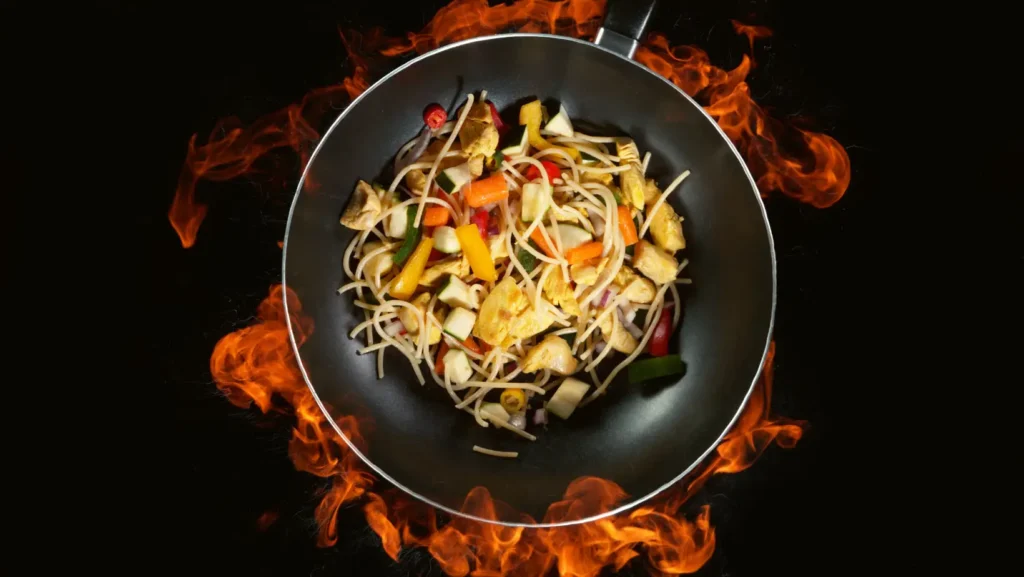
Use a well-ventilated space: When cooking, make sure to open up your windows to help clear away any toxic fumes.
Keep metal utensils off: When cooking with a non-stick pan, use only wooden, silicone, or rubber utensils. Metal utensils can scratch the surface of the pan and damage the non-stick coating.
No dishwashing: Never wash your nonstick pan in the dishwasher or with abrasive sponges since doing so could scratch the Teflon or ceramic coating.
Store properly: The best way to store your nonstick pan is to hang it on a pot rack. But if you choose to stack a nonstick pan with other cookware, ensure to protect its surface with a paper towel or napkin to prevent scratches.
Frequently asked questions
How Long Can I Use a Nonstick Pan?
On average, a nonstick pan can last between 5 and 10 years. After this period, the coating begins to deteriorate and food begins to stick to the surface. However, some high-end nonstick cookware brands promise that their product can last up to 10 years before the coating wears off.
Do I Need Oil when cooking with a nonstick pan?
Most manufacturers claim that their nonstick pans don’t require oil for cooking, but this is just a sales gimmick. Ideally, you need at least a tiny bit of oil to flavor your meal and keep the nonstick coating from degrading too quickly.
